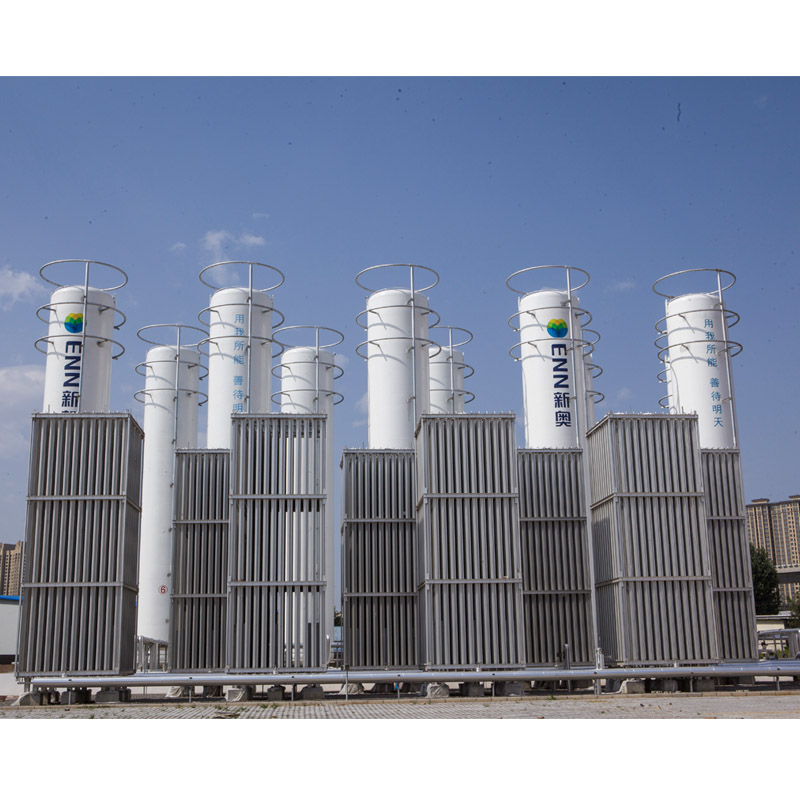
Dec . 15, 2024 09:30
Back to list
Pressure Vessel Design and Safety Standards for Industrial Applications
Understanding Pressure Vessels Safety and Applications
Pressure vessels are a critical component in various industries, including oil and gas, chemical processing, and power generation. These specialized containers are designed to hold gases or liquids at a pressure substantially different from the ambient pressure. The design, construction, and maintenance of pressure vessels are governed by strict regulatory standards to ensure safety and efficiency.
What is a Pressure Vessel?
A pressure vessel is a container designed to hold gases or liquids at high pressures. These vessels may be cylindrical, spherical, or other shapes depending on the specific application and the type of material they are meant to contain. Pressure vessels are built using materials capable of withstanding the intense internal pressures, which can sometimes exceed several thousand psi (pounds per square inch).
Design Considerations
The design of a pressure vessel is a complex process that requires understanding material science, fluid mechanics, and thermodynamics. Key considerations include
1. Materials The selection of materials is crucial since the vessel should resist corrosion, high temperatures, and mechanical stress. Common materials include carbon steel, stainless steel, and various alloys.
2. Thickness The thickness of the walls must be engineered to withstand the internal pressure without deforming or failing. This is determined by calculations based on material properties, expected pressures, and safety factors.
.
4. Pressure Relief Features Safety is paramount in the design of pressure vessels. Engineers incorporate safety valves and rupture disks to prevent over-pressure situations, which can lead to catastrophic failures.
وعاء الضغط

Applications of Pressure Vessels
Pressure vessels are used in a multitude of applications
- Chemical Industry Reactors, separators, and storage tanks are crucial for holding chemicals under controlled conditions. - Oil and Gas Pressure vessels are essential for storing natural gas, oil, and other hydrocarbons at high pressures for transport and processing.
- Pharmaceutical Industry Certain processes require high-pressure vessels to conduct reactions safely and efficiently.
- Power Generation Boilers and heat exchangers are types of pressure vessels used in power plants to generate steam, which drives turbines.
Safety Regulations
Due to the inherent risks associated with pressure vessels, numerous safety regulations govern their design and operation. In the United States, the American Society of Mechanical Engineers (ASME) oversees the ASME Boiler and Pressure Vessel Code (BPVC), which sets standards for the design, fabrication, inspection, and testing of pressure vessels. Compliance with these regulations is not just a legal requirement but also a moral obligation to ensure the safety of workers and the environment.
Regular maintenance and inspection are also crucial. Pressure vessels must undergo routine checks to identify any potential weaknesses, such as corrosion or material fatigue, that could lead to failures. Non-destructive testing techniques, such as ultrasonic testing and radiography, are commonly used to assess the integrity of these vessels without causing damage.
Conclusion
In conclusion, pressure vessels play a vital role in numerous industries, enabling the safe storage and processing of materials under high pressures. Their design and construction require careful consideration of materials, safety features, and regulatory standards. As technology advances and industries evolve, ongoing improvements in the design and maintenance of pressure vessels will continue to enhance their safety and efficiency. Properly designed and maintained pressure vessels are essential not only for operational success but also for the protection of human life and the environment.
Latest news
-
Safety Valve Spring-Loaded Design Overpressure ProtectionNewsJul.25,2025
-
Precision Voltage Regulator AC5 Accuracy Grade PerformanceNewsJul.25,2025
-
Natural Gas Pressure Regulating Skid Industrial Pipeline ApplicationsNewsJul.25,2025
-
Natural Gas Filter Stainless Steel Mesh Element DesignNewsJul.25,2025
-
Gas Pressure Regulator Valve Direct-Acting Spring-Loaded DesignNewsJul.25,2025
-
Decompression Equipment Multi-Stage Heat Exchange System DesignNewsJul.25,2025

